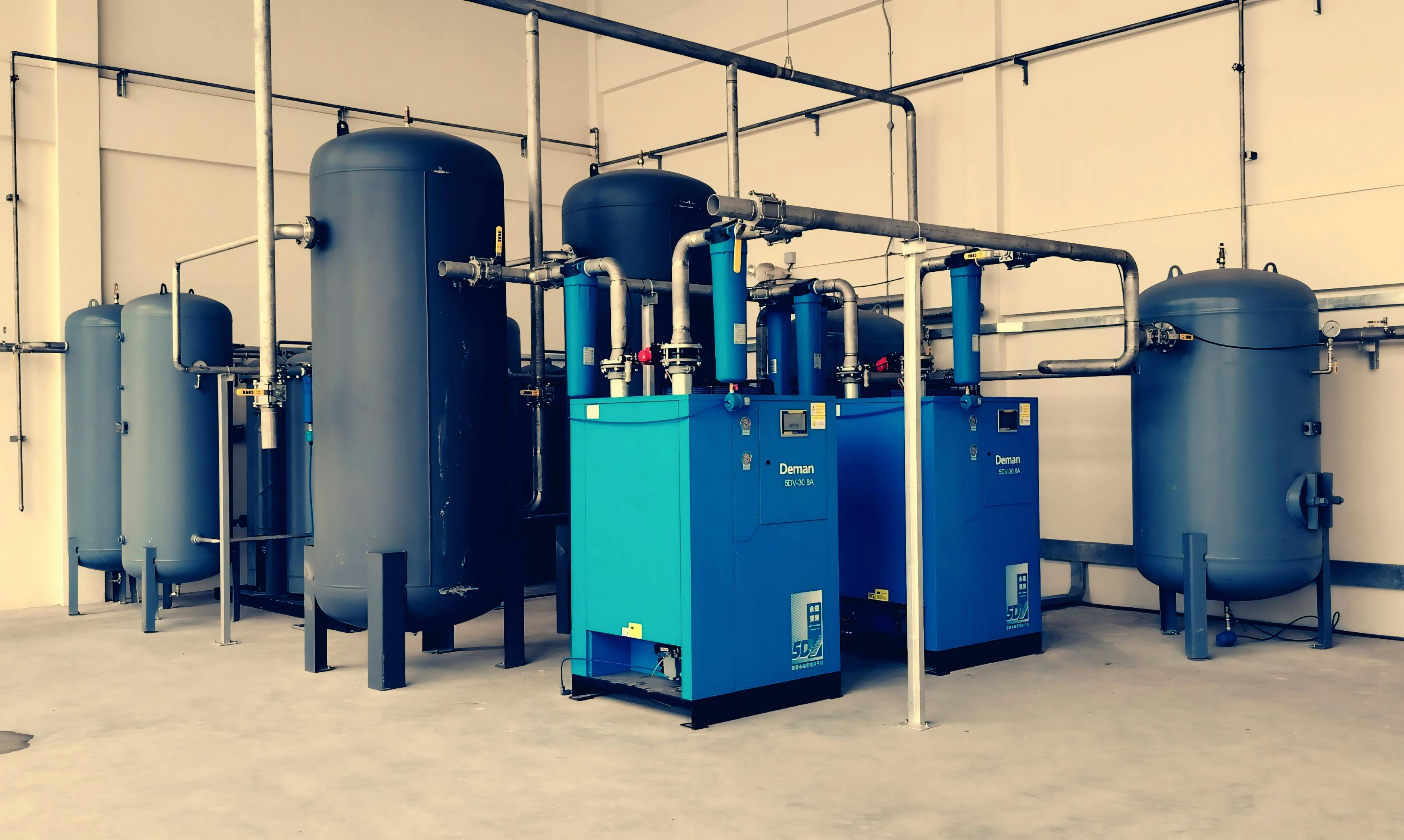ASME vs. PED for Pressure Vessels and Their Impact on Manufacturing


ASME vs. PED for Pressure Vessels and Their Impact on Manufacturing
1. Understanding ASME and PED Standards
ASME (American Society of Mechanical Engineers) BPVC Section VIII
- Used primarily in North America but widely accepted internationally.
- Prescriptive design approach with strict engineering calculations and material requirements.
- Three divisions for classification:
- Division 1: Standard vessels with basic design and safety factors.
- Division 2: More stringent requirements with enhanced engineering evaluations.
- Division 3: Designed for ultra-high-pressure vessels exceeding 10,000 psi.
Pressure Equipment Directive (PED - 2014/68/EU)
- Mandatory for all pressure vessels in the European Union.
- Risk-based approach that categorizes pressure vessels based on hazard level.
- Allows flexibility in material selection and compliance pathways.
- Requires CE Marking for legal acceptance within the EU.
2. Key Differences Between ASME and PED and Their Impact on Manufacturing
3. Impact on Pressure Vessel Design & Engineering
Material Selection
- ASME mandates the use of ASME-approved materials, adding constraints to sourcing options.
- PED permits a broader range of materials, reducing sourcing costs and allowing manufacturers to leverage locally available materials that meet European norms.
Manufacturing Flexibility
- ASME enforces strict guidelines on welding, stress calculations, and pressure testing, limiting design freedom but ensuring uniformity.
- PED enables a more adaptable design process, allowing engineers to incorporate innovations that enhance safety and efficiency.
4. Fabrication & Quality Control: ASME vs. PED
Welding and Inspection Protocols
- ASME BPVC requires certified welding procedures, welder qualification testing, and stringent non-destructive testing (NDT).
- PED welding standards align with ISO and EN norms, providing a more flexible certification process that still ensures high-quality weld integrity.
Testing and Certification
- ASME mandates extensive pressure testing with strict oversight by Authorized Inspection Agencies (AIA).
- PED adjusts testing intensity based on risk classification, reducing testing costs for low-risk pressure vessels while ensuring high-risk categories undergo third-party Notified Body (NoBo) certification.
5. Global Compliance and Market Access
For manufacturers serving both North American and European markets, choosing the right standard—or achieving dual certification—is crucial.
ASME BPVC for Global Markets
- Recognized in North America, South America, and parts of Asia.
- Widely accepted in industries such as petrochemical, power generation, and heavy industry.
PED for the European Union
- Legally required for any pressure vessel used in the EU.
- Ensures compliance with CE Marking regulations for European buyers.
Dual Certification (ASME & PED)
- Expands market reach globally, allowing manufacturers to sell products in both North America and the EU.
- Increases product value by meeting multiple international regulatory requirements.
- Though it involves higher compliance costs upfront, it streamlines global sales and eliminates trade barriers.
6. Economic and Operational Considerations for Pressure Vessel Manufacturers
Production Costs & Lead Times
- ASME’s rigid material and design rules often lead to higher fabrication costs.
- PED’s risk-based approach can lower production costs by allowing manufacturers to choose alternative materials and testing procedures.
Time-to-Market Strategy
- ASME-certified vessels often take longer to fabricate due to third-party inspections and testing.
- PED compliance may allow faster approvals for low-risk equipment, providing a competitive edge in fast-moving industrial sectors.
7. Which Standard Should You Choose?
For Manufacturers Targeting North America & Asia
- ASME BPVC is the preferred choice for U.S., Canada, and global projects.
- Used for petrochemical plants, refineries, and high-pressure applications.
For Manufacturers Selling to the European Union
- PED compliance is mandatory for any pressure vessel used in the EU.
- Requires CE Marking for regulatory approval and sale.
For Manufacturers Expanding Globally
- Dual certification (ASME & PED) offers the most flexibility.
- Enables seamless export to both North America and Europe without regulatory hurdles.
- Requires investment in cross-compliance strategies to optimize cost and design efficiency.
Ensuring Compliance for International Pressure Vessel Manufacturing
Understanding the differences between ASME and PED standards is crucial for manufacturers navigating international markets. While ASME is dominant in North America, PED governs pressure vessel regulations in the EU. Selecting the right compliance path—or adopting both standards—ensures greater market access, streamlined operations, and adherence to global safety protocols.
At Alien Engineered Products (AEP), we specialize in ASME certified pressure vessels and provide PED-compliant solutions for European clients. Our expert team ensures that every pressure vessel meets the highest safety, performance, and regulatory standards.
If your company is looking for custom-engineered pressure vessels that comply with ASME or PED standards, contact AEP today to discuss your specific manufacturing needs and global compliance strategies.

.svg)



